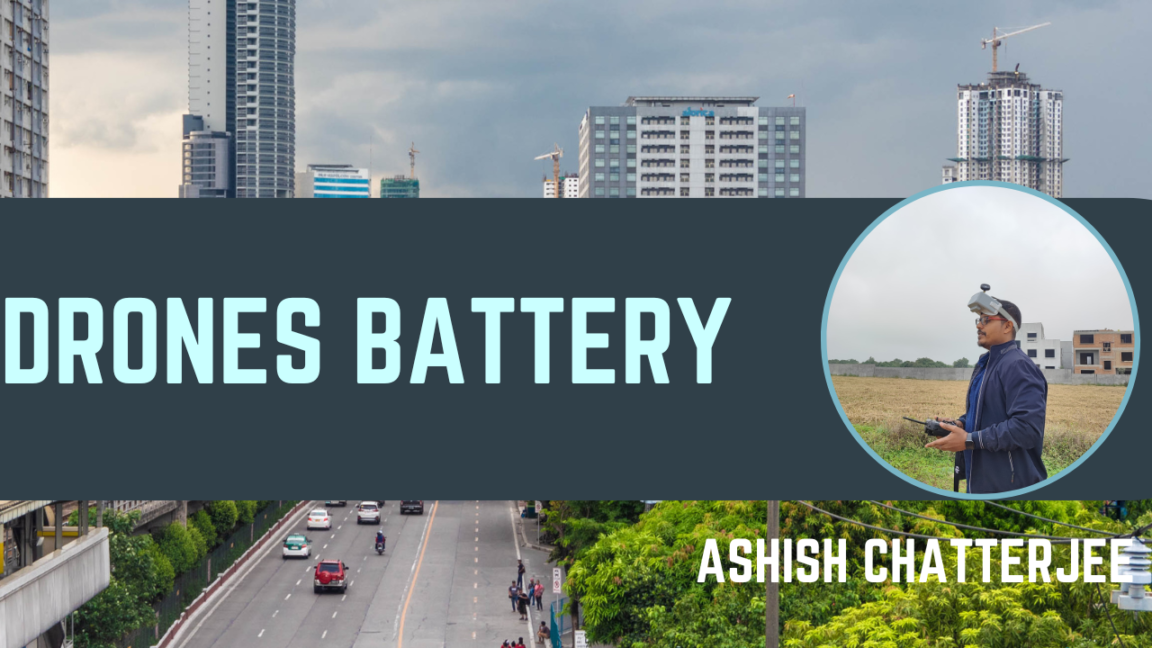Introduction
Batteries are the powerhouse of FPV drones, directly influencing flight time, power output, and overall performance. Understanding battery types, ratings, and configurations is crucial for selecting the right battery for your FPV drone.

Types of Batteries Used in FPV Drones
- LiPo (Lithium Polymer) Batteries:
- Most common battery type used in FPV drones.
- Provides high power output and lightweight design.
- Requires careful handling to prevent overcharging or puncturing.
- Li-ion (Lithium-Ion) Batteries:
- Used for long-range FPV drones due to higher energy density.
- Lower discharge rate compared to LiPo but offers extended flight time.
- LiFe (Lithium Iron Phosphate) Batteries:
- Safer than LiPo due to better thermal stability.
- Lower voltage output, making them less common in FPV applications.
Battery Ratings and Their Meanings
- Cell Count (S Rating)
- FPV drone batteries are labeled as 3S, 4S, 6S, etc., where S represents the number of cells in series.
- Each cell has a nominal voltage of 3.7V (fully charged at 4.2V).
- Higher S rating = more voltage = more power and speed.
- 3S (11.1V) – Beginner drones.
- 4S (14.8V) – Common for freestyle and racing drones.
- 6S (22.2V) – More efficient power delivery for high-performance drones.
- C Rating (Discharge Rate)
- Indicates how fast the battery can discharge safely.
- Higher C ratings mean the battery can provide more current without overheating.
- Example: A 1500mAh 100C battery can deliver 150A (1.5Ah × 100C = 150A).
- Capacity (mAh – Milliamp Hours)
- Represents the battery’s energy storage capacity.
- Higher capacity = longer flight time but added weight.
Understanding Battery Connectors
Different drones use different battery connectors, with the most common types being:

- XT30 – Used in small FPV drones (2S-4S).
- XT60 – Most common for 4S and 6S drones.
- XT90 – Used in high-power drones for better current handling.
Battery Circuit Diagram for FPV Drones
A typical LiPo battery connection with a flight controller (FC) and ESC (Electronic Speed Controller) follows this structure:



Some flight controllers have built-in voltage regulators that step down power to 5V/9V for components like the VTX and camera.
Best Practices for FPV Drone Batteries
- Always balance charge LiPo batteries to prevent cell damage.
- Store LiPo batteries at storage voltage (~3.8V per cell) when not in use.
- Use a fireproof LiPo bag for charging and storage to avoid fire hazards.
- Never over-discharge (below 3.5V per cell) to extend battery life.
- Check battery temperature after flights to avoid overheating issues.
Conclusion
Selecting the right battery for your FPV drone involves balancing power, weight, and efficiency. Understanding cell count, C-rating, and proper handling techniques will maximize performance and battery lifespan, ensuring safe and enjoyable flying experiences.
Warning
- Please fully charge the new battery before use.
- Only use a charger designed for lithium polymer/Li-ion battery, and never leave the battery unattended during the charging process.
- Always keep the battery away from flammable and explosive materials while charging.
- Never overcharge the battery. The maximum voltage for a LiPo battery is 4.2V per cell, and for a LiHV battery is 4.35V per cell.
- Never discharge the battery to a level below 3V per cell under load.
- Do not store fully charged batteries for more than 3 days. For long-term storage, maintain the voltage between 3.8V and 3.9V.
- Do not disassemble, crush, short circuit, or expose to flame or other sources of ignition.
- Do not use batteries that are deformed or swollen.
Always Use Lipo Battery Explosion-proof Handbag as shown below

Stay tuned for more FPV drone insights!






GIPHY App Key not set. Please check settings